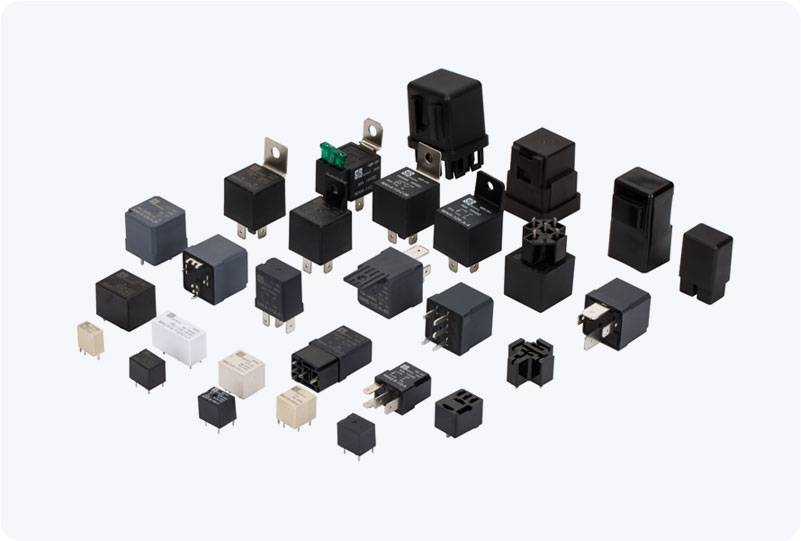In today’s modern world, electrical systems are an integral part of every industrial, commercial, and residential space. With the constant flow of electricity powering essential operations, the need for reliable protection against faults is crucial. One such protective device that plays an essential role in maintaining the safety and functionality of electrical circuits is the Circuit Breaker Relay. This device is designed to safeguard circuits by automatically cutting off the flow of electricity in the event of overloads or short circuits. In this article, we will explore the purpose, working principle, applications, and types of circuit breaker relays, highlighting their importance in modern electrical systems.

What is a Circuit Breaker Relay? A Circuit Breaker Relay combines the functions of both a circuit breaker and a relay. While a circuit breaker is primarily responsible for interrupting the flow of electricity during a fault condition, a relay is used to monitor the system and trigger the breaker when necessary. This combination ensures a reliable and efficient method of protecting electrical systems from damage caused by overcurrents, short circuits, and other hazardous electrical conditions. The circuit breaker relay is designed to detect abnormal conditions such as overvoltage, undervoltage, overloads, and short circuits. When such an event occurs, the relay detects the fault and sends a signal to the breaker, which then disconnects the circuit, preventing further damage to the electrical components. This rapid response is critical in preventing damage to sensitive equipment, reducing the risk of fires, and ensuring the overall safety of electrical installations.